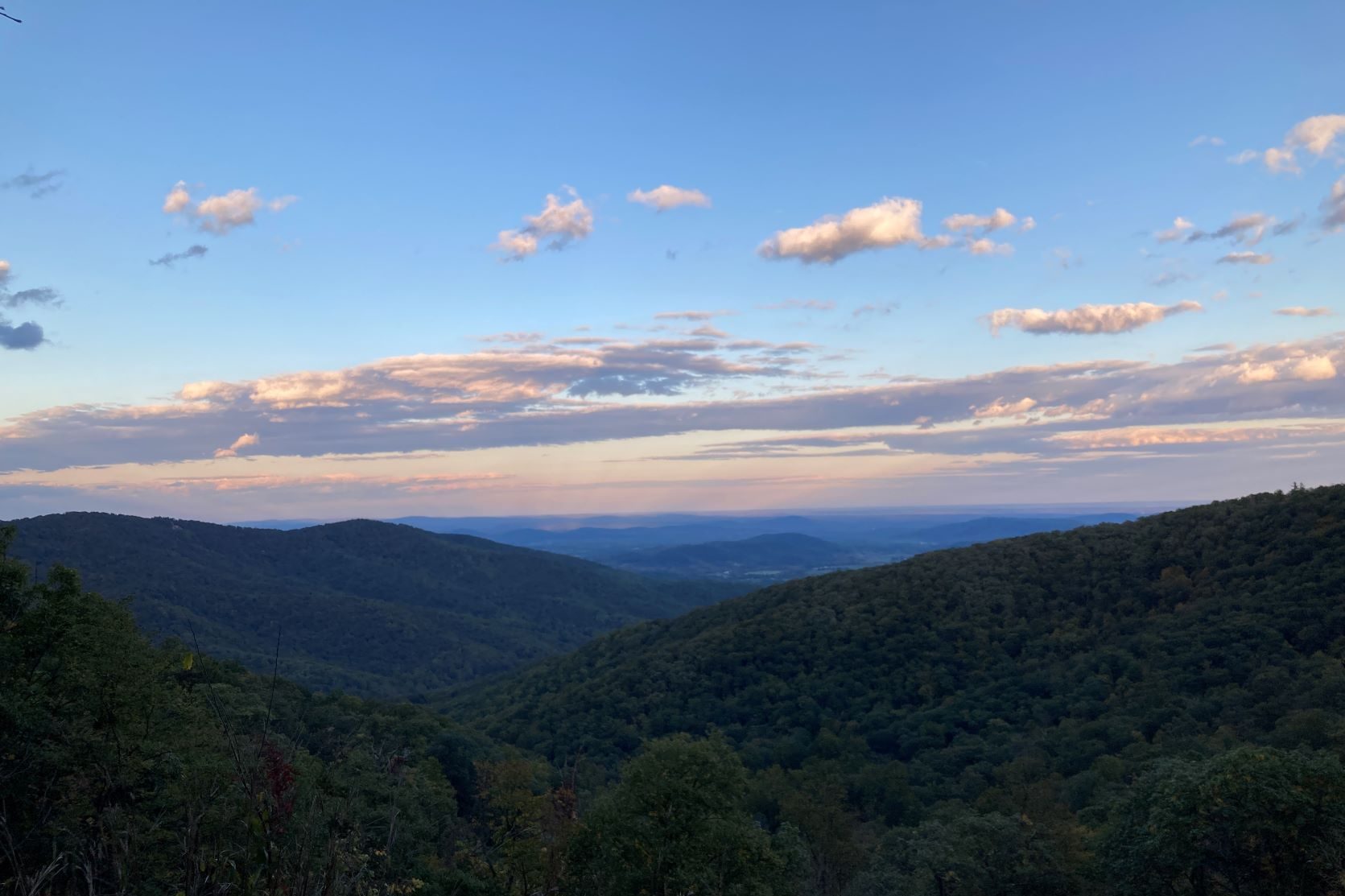PFAS 101: Where to Find Them and How to Avoid Them
What are PFAS?
Per and polyfluoroalkyl substances (try saying that ten times fast), better known as PFAS, are a group of man-made chemicals comprised of multiple fluorine atoms attached to an alkyl chain. Chemistry. Basically, this means there are thousands of variations of this chemical. And to our knowledge, they never break down, giving them the nickname: forever chemicals.
If you’ve been watching the news recently you might have already heard of these. They seem to be popping up more and more as the years go on. It feels like there’s a new PFAS article, warning, or study every day. Although we’ve known about PFAS since the late 1990s, they’re finally getting the negative attention they deserve. Never underestimate your power as a consumer.

PFAS Sources
Forever chemicals can be found in water-resistant products (looking at you water-proof mascara, RIP), nonstick cookware, grease-resistant food packaging, stain-resistant products, and, most recently, toilet paper. They aren’t great not just because they never go away and disrupt ecosystems during their never-ending tenancy. They are also linked to negative effects on the immune system, cardiovascular system, fertility, and cancer. Yay!
So Here’s What You Can Do
- Avoid things with ingredients like “flouro” or “perfluoro”
- Try to avoid foods that come in grease-repellent wrapping (think fast food, microwave popcorn, etc.)
- Replace non-stick cookware as soon as they start showing signs of wear.
PFAS has also be found in our water. It can appear as the foam you see on the waves in oceans or lakes. Naturally occurring foam is off-white/brown, smells earthy, and is most often found in bays (where the water moves in a circular motion). Foam contaminated with PFAS is white, lightweight, sticky, and “tends to pile up like shaving cream.” Now you have a fun fact to pull out at the beach this year when your friends ask what all the foam lying around is.

It feels like every day we hear about some new environmental issue we’re discovering. Yesterday it was microplastics, today it’s PFAS, and I can only guess what it will be tomorrow. But…now you know. And knowing is half the battle. Even if you don’t do anything about it today. Being informed is always the first step.
So many times people feel that these problems are already pervasive and there’s nothing they can do, so they throw their hands up and stick their heads in the sand. Don’t do that. Pick one thing you can do. Do that one thing. Feel good about that one thing. You probably won’t be able to eliminate your exposure to PFAS, but at least you know about them and can reduce your exposure to them. That’s always better than nothing.
